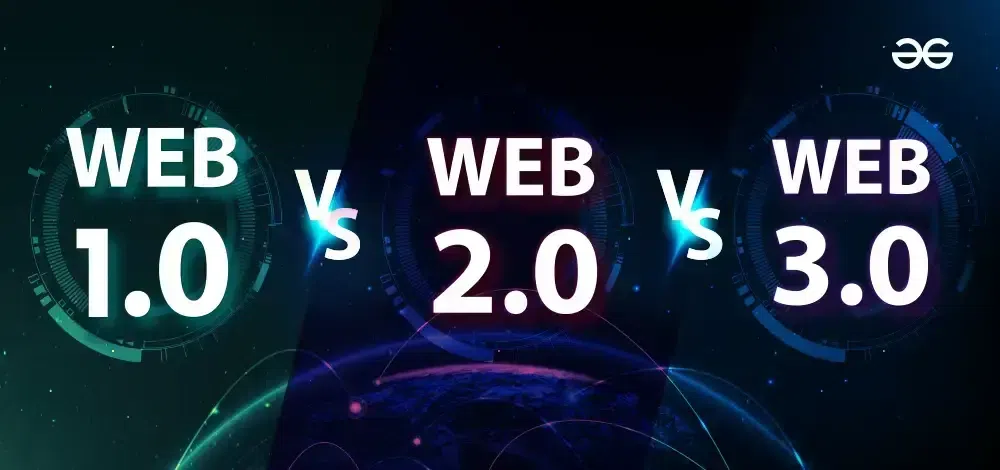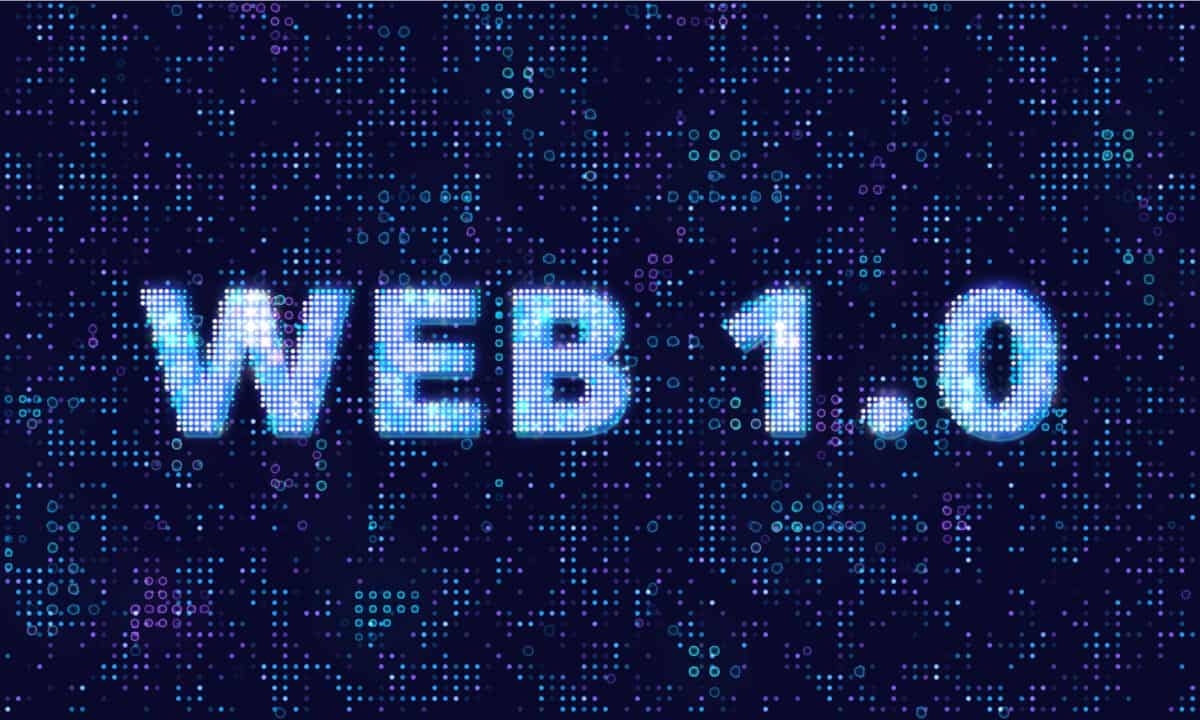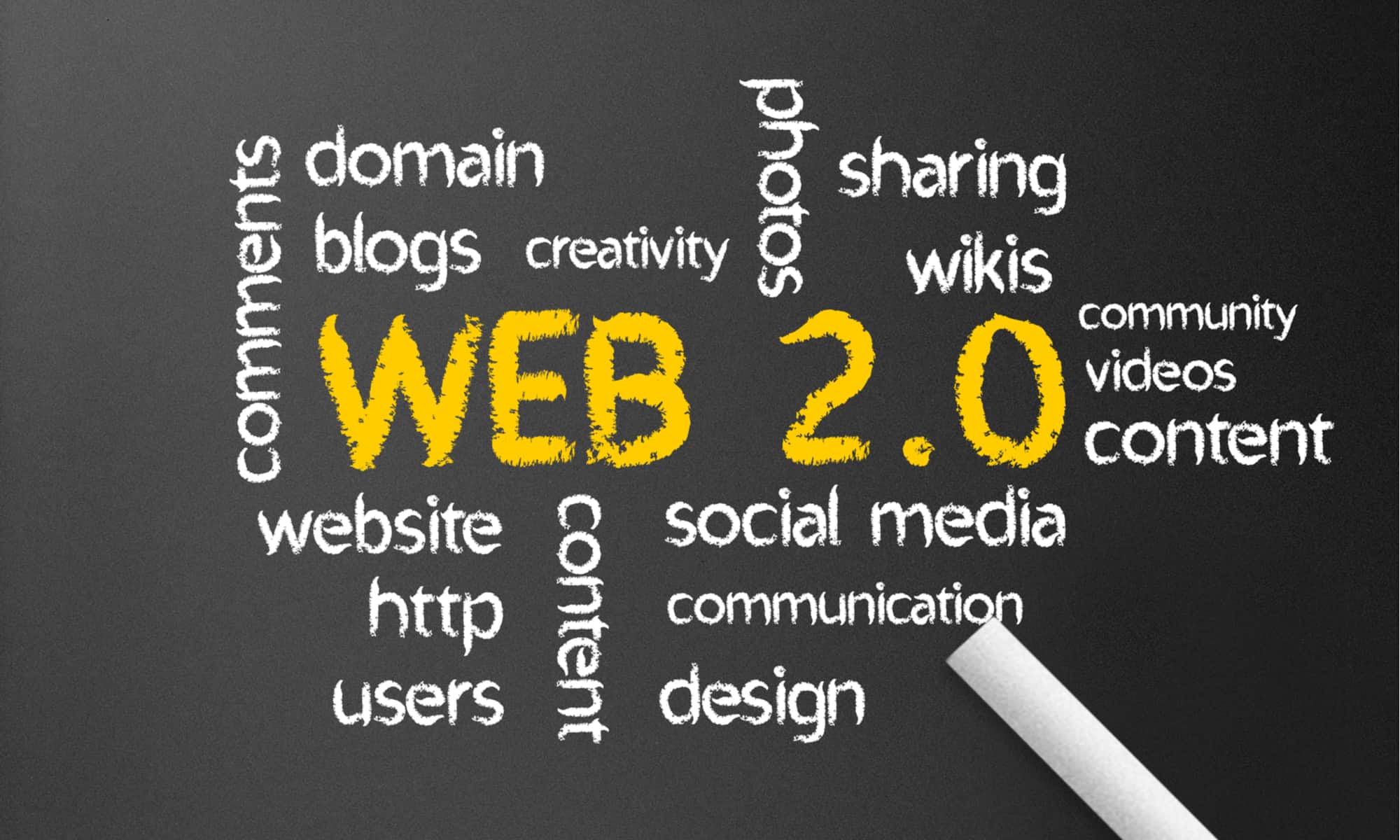Navigating the Evolution of the Web: From Web 1.0 to Web 3.0
Introduction:
Web 1.0: The Dawn of Digital Information (1990s - Early 2000s)
The inception of the internet heralded a new era of information accessibility, albeit in a static form. Web 1.0, often dubbed the "read-only" web, was characterized by websites offering one-way communication, where users passively consumed content without the ability to interact or contribute. These early websites served as digital brochures or catalogs, providing businesses and organizations with an online presence but lacking the interactive elements we now take for granted.
Advantages:
- Web 1.0 laid the groundwork for the democratization of information, granting users access to a vast repository of knowledge at their fingertips.
- Businesses capitalized on the global reach of the internet, transcending geographical boundaries to reach a diverse audience of potential customers.
Disadvantages:
- The lack of interactivity limited user engagement, resulting in a passive browsing experience devoid of personalized interactions.
- Websites were static and standardized, offering little in terms of customization or personalization for individual users.
Significance:
Web 1.0 marked the dawn of digital connectivity, paving the way for the exchange of information and ideas on a global scale. While rudimentary by today's standards, it laid the foundation for the transformative changes that would follow in subsequent phases.
Web 2.0: The Rise of User-Centric Interaction (Mid-2000s - Present)
The emergence of Web 2.0 heralded a paradigm shift in internet usage, characterized by dynamic, interactive websites that encouraged user participation and collaboration. This phase saw the rise of social media platforms, blogs, wikis, and online communities, empowering users to create, share, and interact with content in real-time.
Advantages:
- Web 2.0 fostered a culture of user-generated content, democratizing the creation and dissemination of information across the internet.
- Platforms like social media enabled individuals to connect and collaborate on a global scale, breaking down geographical barriers and fostering virtual communities.
Disadvantages:
- The proliferation of user-generated content led to information overload, making it increasingly challenging to discern credible sources from misinformation.
- Privacy concerns emerged as users grappled with the implications of sharing personal data on social media platforms, raising questions about data security and digital privacy rights.
Significance:
Web 2.0 revolutionized online communication and collaboration, transforming the internet into a dynamic, interactive ecosystem driven by user participation. It reshaped the way we consume and create content, laying the groundwork for the social and cultural phenomena that define the digital age.
Web 3.0: The Promise of Decentralization (Emerging)
Web 3.0 represents the next frontier in internet evolution, characterized by a decentralized, intelligent, and interconnected web ecosystem. At its core, Web 3.0 seeks to address the shortcomings of its predecessors by leveraging emerging technologies such as blockchain, artificial intelligence, and the Internet of Things (IoT) to create a more secure, transparent, and autonomous internet.
Advantages:
- Decentralization lies at the heart of Web 3.0, offering users greater control over their data, identity, and digital assets through blockchain technology.
- Enhanced security measures and data encryption protocols ensure greater resilience against cyber threats, safeguarding user privacy and digital sovereignty.
Disadvantages:
- The technical complexities of implementing Web 3.0 technologies pose significant challenges, requiring specialized expertise and infrastructure.
- Widespread adoption of Web 3.0 concepts may face resistance from entrenched interests and regulatory frameworks, hindering its progress and mainstream acceptance.
Significance:
Web 3.0 holds the promise of a more inclusive, equitable, and resilient internet, where users have greater autonomy and agency over their online experiences. By embracing decentralized governance, interoperability, and data sovereignty, Web 3.0 aims to reshape the internet into a more transparent, secure, and trustless ecosystem that serves the collective interests of humanity.
The evolution of the internet, from its inception in Web 1.0 to the emerging landscape of Web 3.0, reflects not only technological progress but also the evolving dynamics of human interaction and connectivity. Each phase has brought its own set of opportunities and challenges, reshaping the digital landscape and influencing the way we communicate, collaborate, and conduct business online.
As we navigate through the complexities of the digital age, it is essential to recognize the transformative potential of Web 3.0 while acknowledging the lessons learned from previous iterations. Decentralization offers the promise of greater autonomy and security, yet its implementation requires careful consideration of technical, regulatory, and societal factors. By embracing the principles of openness, inclusivity, and innovation, we can harness the power of the internet to build a more equitable, transparent, and resilient digital future.
In conclusion, the evolution of the web is an ongoing journey, guided by the collective efforts and aspirations of humanity. As we embark on the next chapter of the internet's evolution, let us remain vigilant, adaptable, and committed to shaping a digital ecosystem that serves the needs and values of all individuals, now and for generations to come.





This blog provides a comprehensive overview of the evolution of the internet, highlighting the transformative journey from Web 1.0 to Web 3.0
ReplyDelete